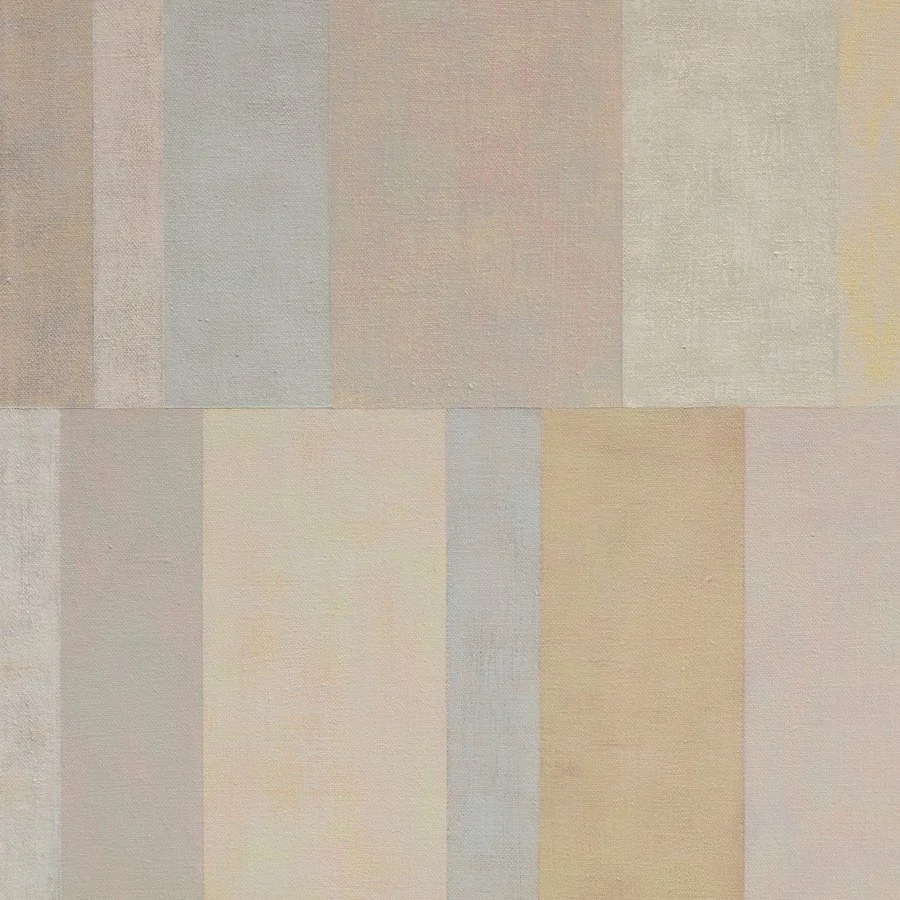Today I came across an article about a naked photo of Brooke Shields, taken when she was 13 years old:
"The original – authorised by Shields's mother for $450 – had been taken by a commercial photographer, Gary Gross, for the Playboy publication Sugar 'n' Spice in 1976. Shields later attempted, unsuccessfully, to suppress the picture."
The artist Richard Prince photographed the image and it was chosen to be included in the Tate Modern's recent exhibition on pop art. The image has been challenged as obscene by the London police (and has now been taken down by the Tate curators), and it has provoked lots of discussion on our current notions of obscenity (interestingly, the image has been publicly displayed without controversy in the past).
 Only the top portion of the image was printed in the press, of course, but I find the fragment disturbing enough. It's like a sexualized pageant picture, taken inside a sleazy motel. The naked body, unseen in this cropped version of the photo, seems superfluous.
Only the top portion of the image was printed in the press, of course, but I find the fragment disturbing enough. It's like a sexualized pageant picture, taken inside a sleazy motel. The naked body, unseen in this cropped version of the photo, seems superfluous.One aspect of the story that fascinates me though (beyond the obscenity/censorship issues) is the lack of Shields' consent in the display of the image - not from a legal point of view, but from an artistic point of view. Forget the fact that her mother consented to such a perverse image being taken of her daughter for a Playboy publication. What goes through the mind of Richard Prince when he chooses to perpetuate the photo's display, knowing that the exploited child, now grown, does not want the image exhibited? What if a rape had been photographed as part of the commission of the crime - would those images be fair artistic game? Even if they could be legally, should they be? Would it matter whether or not the raped woman consented to the artistic use of the images? Should it matter? The images of the people jumping to their deaths from the World Trade Center towers of 9/11 have generally not been published. Jonathon Safran Foer included a similar image in his book "Extremely Loud and Incredibly Close", but he took pains to note that although the image was based on a real photograph,the image published for the book had been digitally created. No victims were exploited for artistic purposes.
I think of all the images that circulate on the Internet now - millions of personal, intimate, embarrassing, startling, revealing, horrifying images. For artists, it is a treasure trove, a little shop of horrors. But the more artists work from images, avoiding the confrontation or relationship with the people who inhabit those images, what is lost in the artistic translation? Or worse, do artists become participants in the process of dehumanization that so many of us are trying to overcome?
In my artist talk at Daimler Financial recently, I brought in the two paintings of Elizabeth Taylor that I had just completed. One participant asked me, "What do you think Elizabeth Taylor would think of these paintings if she were to see them?" The implication was that she may be offended or horrified by the disfiguring distortions I had imposed on her image. And while I admit I had not thought of the issue before (due to the obvious unlikelihood of the event), without hesitation I acknowledged that her opinion would in fact matter to me. I would want her to see that I was not trying to caricature her in any way, but rather seeking to find an expression of a deeper humanity lost in the artificial glamour of the original photograph. I would hope she would like it.
I know that sentiment is generally seen as anathema to the conventional artistic credo of "don't give a fuck" - but I'm not convinced of its universal value. I am certainly not advocating any attempt to please anyone in an artistically castrating kind of way, but there has to be some validity, if not value, in respecting the humanity of the person behind the image. There is obvious artistic value to exposing the ravages of our cultural psyche in images such as Richard Prince's photograph, but these images do not only function as mirrors of our culture. For those trapped within the image, they are mirrors of individual souls, exposed, vulnerable, for all to see.

